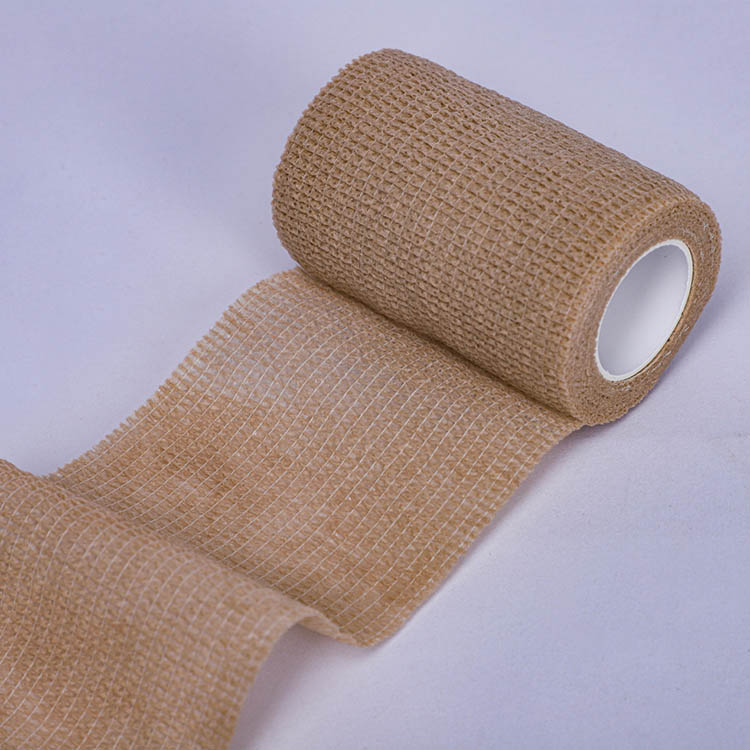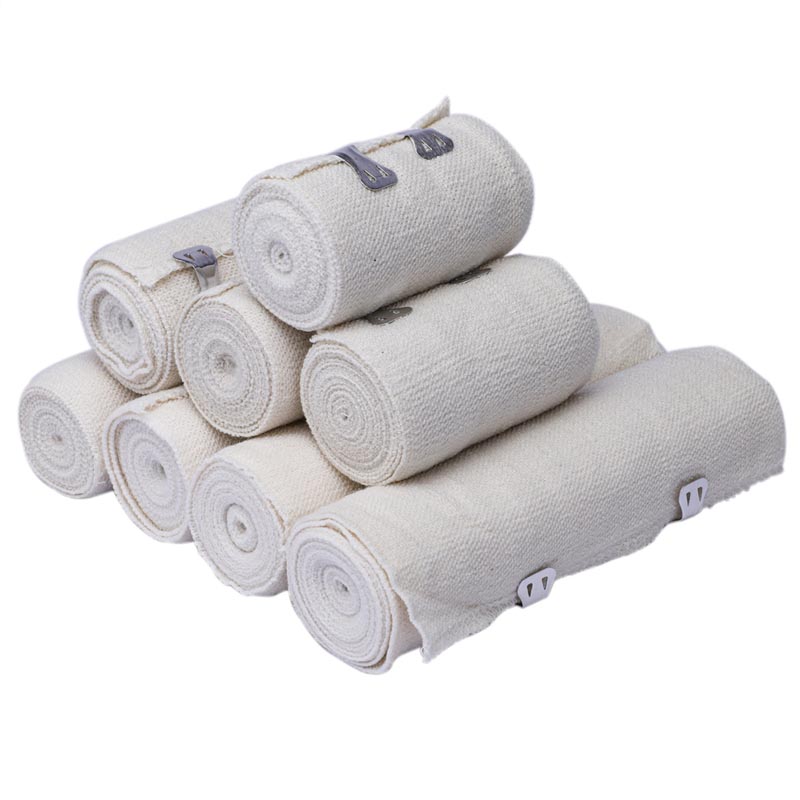How to use elastic bandage to eliminate acute edema | KENJOY
How to eliminate the edema in the acute stage after sports injury? Operation of small skills, the result of a big change! Next, let's learn about it together.
First of all, we follow the internationally recognized principles for the first aid of sports injuries:
At this point, it is necessary not only to brake the affected limb, but also to deal with edema that usually accompanies the acute phase. If you rely on traditional bandages, if the bandage is too loose, it will not stop; if the bandage is too tight, it will hinder the blood circulation.
The main push operation tips, one move to solve the dilemma.
A self-adhesive elastic bandage coated with an adhesive compound without latex. This combination makes it an ideal elastic bandage for maintaining efficient support and allowing patients to move freely. Elastic bandages do not adhere to the skin, so they will not cause pain when removed.
Intended use
It is used to provide binding force to wound dressings or limbs in order to bandage and fix.
Indications
Self-adhesive elastic bandages are designed to provide support and are suitable for sports injuries (sprain, muscle strain, contusion) and for retaining dressings and other accessories.
Instructions for use
1. Wrap the bandage twice below the affected area to secure one end of the bandage, but do not stretch the bandage completely.
2. Stretch the bandage by 50%, and then use a spiral to bandage the affected limbs.
3. To ensure that the bandage is firmly in place, each bandage should overlap 50% with the next bandage.
4. Cut off the excess bandage and gently put pressure on one end of the elastic bandage to ensure that it is firmly seated.
Precautionary measures
In order to avoid blood circulation problems and cut off the blood supply, it is forbidden to apply bandages in an overly tight manner. If the application of a bandage causes numbness or tingling, it should be removed and reapplied in a looser manner. Full stretching is prohibited.
Operation Trilogy: measurement, cutting, Application
Step 1 Measurement:
Measure the length of the affected limb by hand.
Step 2 cut:
The same proportion was measured on a coiled glass fiber polymer splint. After cutting off the material of the corresponding length, the remaining material was preserved with a black sealing clip.
Step 3 apply:
1) remove the fiberglass matrix layer wrapped in the cotton liner and trim the edges at both ends.
2) the glass fiber matrix layer is solidified by entering water, extruding the excess water, then putting it back into the cotton pad, using the sticky sealing strip on the edge to close the cotton pad, and applying the splint to the affected limb.
3) Please note when using self-adhesive bandages: after stretching the bandages outward, be sure to allow the bandages to be naturally recovered and then applied to the affected limbs to avoid tightening the affected limbs and help to quickly eliminate edema.
4) after the bandage winding is completed, the end is torn off by hand, and the splint is shaped.
Clinical advantages
1. Fast: the operation can be completed in 2-3 minutes, saving clinical time.
2. Firm: the inner glass fiber is a single-layer matrix, which fits the affected limb and is easy to fix.
3. Comfort: both sides of the pad are cotton, both sides can fit the skin and are dry and soft.
4. Clean: environmental protection, no dust pollution in the operation process, clean operation environment.
These are the instructions on how to eliminate acute edema. If you want to know more about elastic bandages, please feel free to contact us.
Learn more about KENJOY products
Post time: May-19-2022



